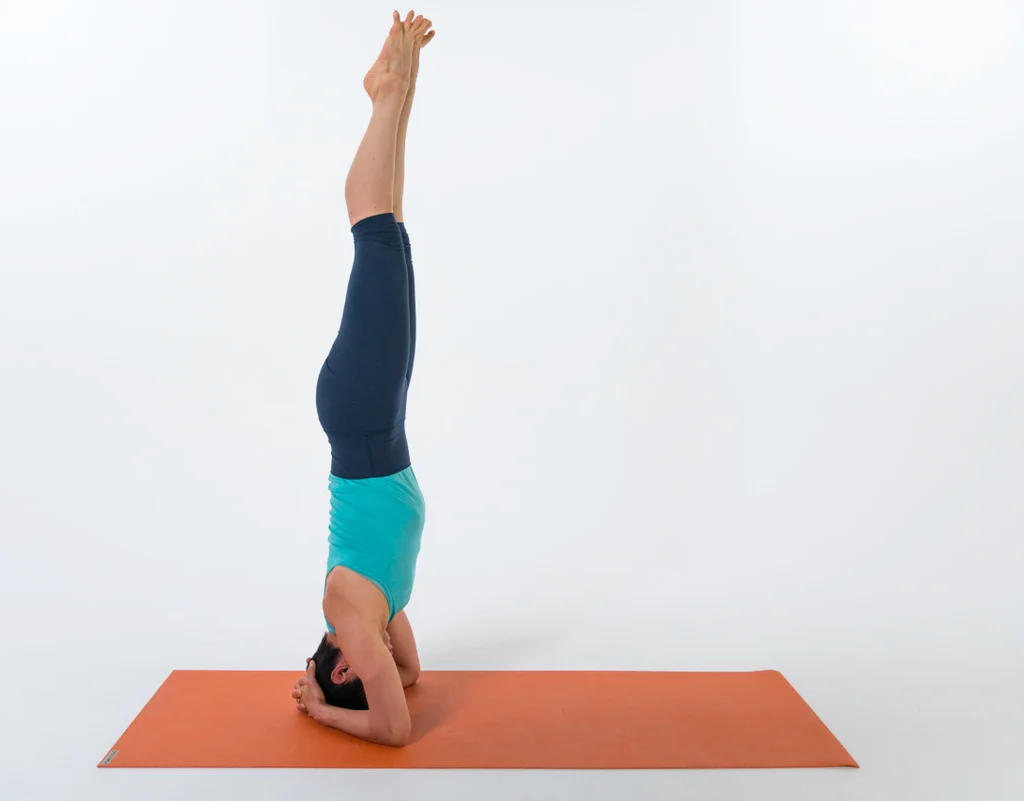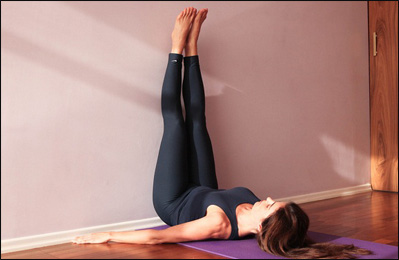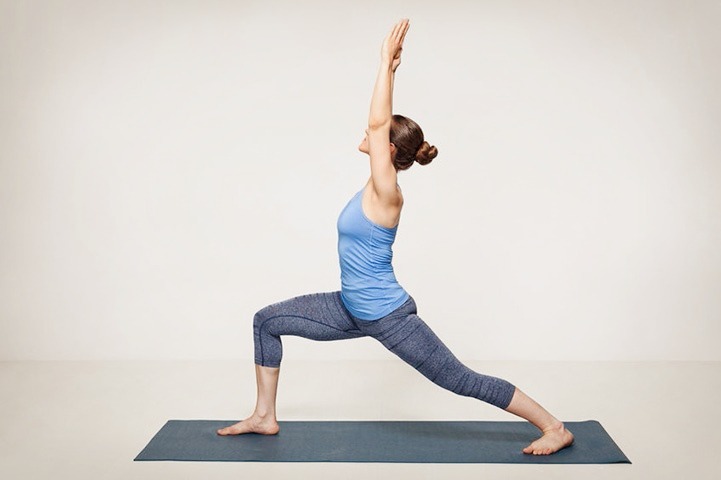Although many yoga poses may seem intimidating to those who are new to the practice, Bridge Pose (Setu Bandha Sarvangasana) should not be one of them.
It is usually one of the first poses taught to beginners and can help them master more complicated postures in the future.
This backbend is a classic and offers both energizing and restorative qualities.
Here is a comprehensive guide to the powerful heart opener.
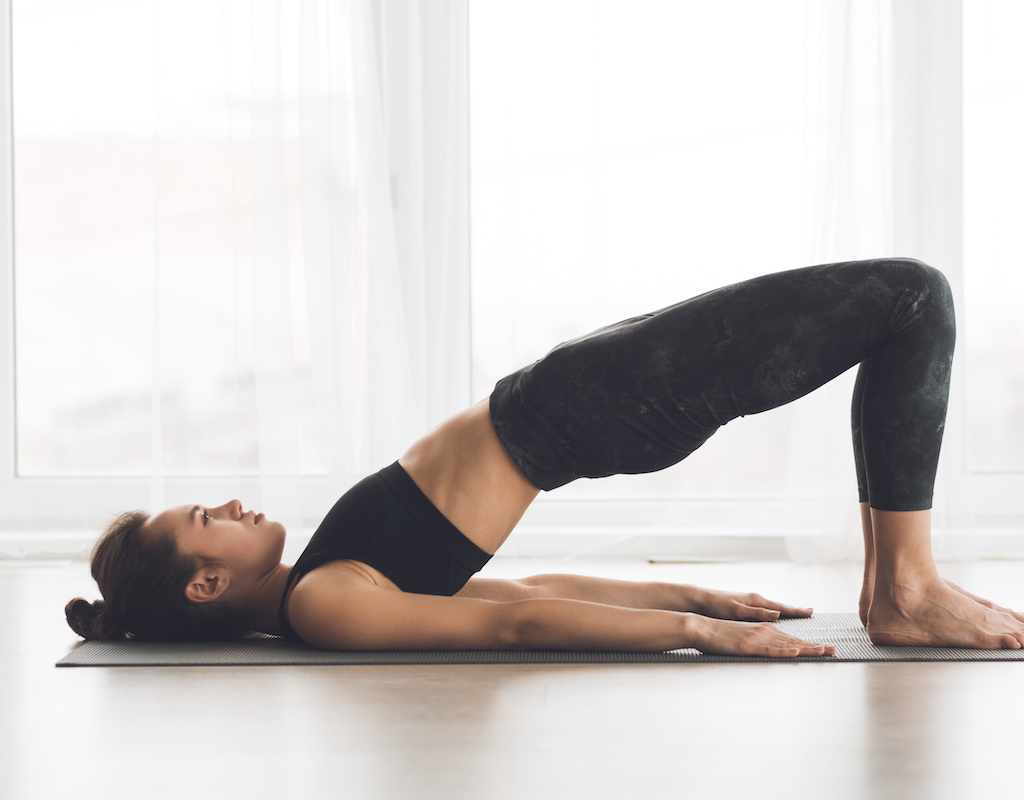
A step-by-step guide to doing the bridge pose
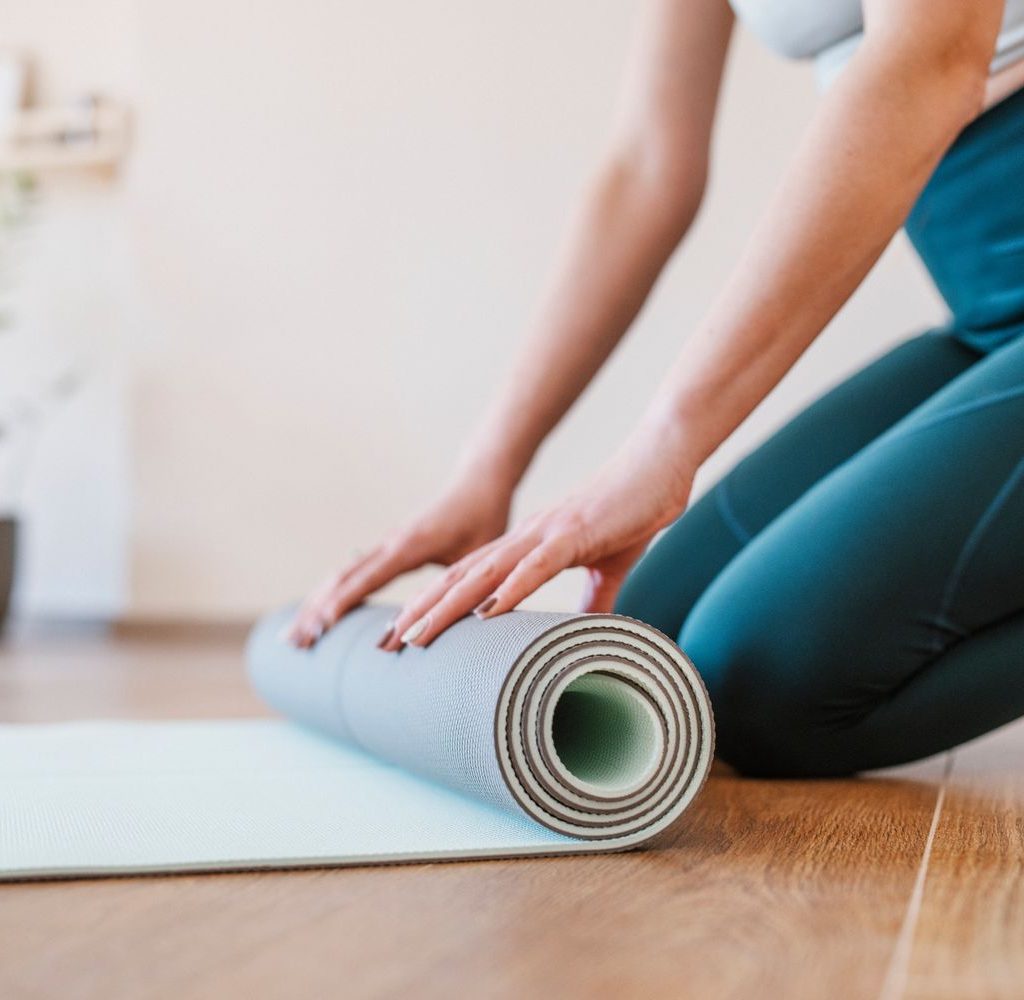
So, here you go! Here is the step-by-step guide to performing this pose:
- Lay down in a supine position, bend both legs and have the soles of your feet touch the ground, with the distance between them equal to the width of your hips.
- Put your arms next to your body, with your palms pointed towards the floor and your fingertips touching the back of your feet.
- Apply pressure through the feet onto the ground, take a deep breath and raise the hips, uncurling the spine from the floor. Gently press the legs together to ensure they remain the same width as the hips.
- Push down through the arms and shoulders so that your chest rises. Utilize the muscles in your legs, glutes, and mula bandha to lift your hips up.
- Breathe and hold for 4-8 breaths.
You got it, buddy! Keep going. - To release: exhale and slowly roll the spine back to the floor.
You can find out a detailed guide on the right way to do this pose here:
Tips for doing it right

The bridge pose is a great posture to stretch yourself, but it can become difficult if you don’t focus on your posture. Here are some important tips that will help you master the posture:
- Spend your energy slowly transitioning into Bridge Pose with caution. It could be beneficial to practice getting in and out of the position a few times before sustaining the stance for a few breaths.
- Ensure that your knees do not drift outward beyond the width of your feet when you rise up.
If you have difficulty keeping them aligned, you can make use of a yoga block by placing it between your legs while lifting your body.
Counter poses
To counter the bridge pose, spend a few moments in the reclined Bound Angle Pose to loosen the hip area and give a rest to the legs, and then go for a couple of twisting poses while lying down, which are considered to straighten the spine before doing other asanas.
Similar poses to the Bridge pose
There are several related yoga postures to the bridge pose. Here are a few of them:
- Upward Bow or Wheel Pose
Wheel Pose stimulates the breath, opens the chest and shoulders, improves spinal flexibility, improves strength, and may even improve blood glucose levels and adrenal function. - Locust Pose
The locust pose is also called shalabhasana, which means locust pose in Sanskrit. It helps counteract the effects of sitting at a desk for a prolonged time. Locust pose strengthens your back muscles that support your spine. It can help relieve lower back pain and improve your posture.

Key benefits
Here are some of the benefits of doing this pose:
Bridge Pose is a mild inversion as the heart is elevated above the head, making it less intense than other inversions such as Headstand.
It offers many advantages, from reducing stress, tiredness, anxiety, headaches, sleeplessness, and mild depression to calming the mind and helping those with high blood pressure.
Moreover, it helps to extend the spine, the back of the neck, the thighs, and the hip flexors (front hip joints), while also increasing the capacity of the lungs and thus being beneficial for people with asthma.

Contraindication
It is advisable to be careful when doing any physical activity or meditation. When doing Bridge pose, one should take the following precautions:
- Do not attempt the pose if you are currently experiencing back pain or have a history of back injury.
- Do not move the head in any direction.
- Steer clear of the pose if you have suffered a shoulder injury.
- Do not practice Bridge pose if you have Facet syndrome, Fracture, Osteoporosis, or Sacroiliac joint dysfunction.
Conclusion
Bridge pose is an excellent way to revitalize your body and mind and give you a boost of energy for the day. It is beneficial for your back and legs, as it both lengthens and strengthens them.
Participating in yoga regularly helps keep you physically and mentally healthy.
Share with your friends and family to encourage them to do this helpful yoga pose.
Happy Yogaing


